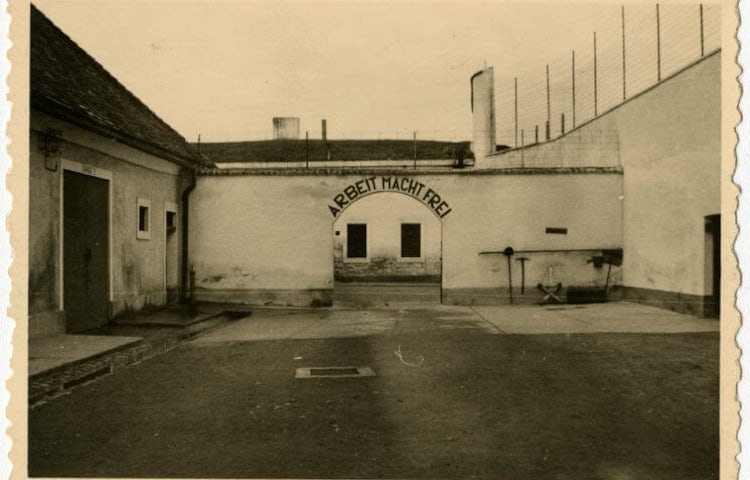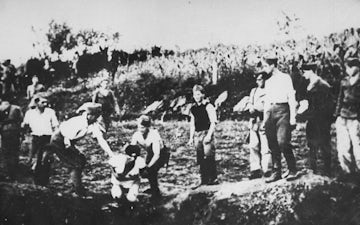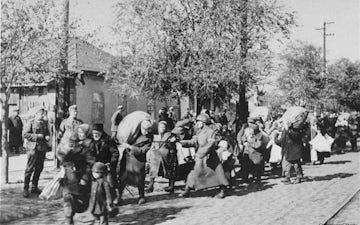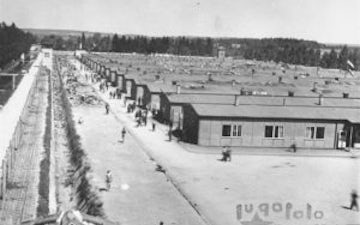
Theresienstadt was a combination of ghetto and concentration camp near the in the Reich Protectorate of Bohemia and Moravia – the modern-day Czech Republic. It existed for three and a half years from November 1941 until May 1945.
Theresienstadt was intended as a transit camp for Jews eventually sent to the extermination centers at Auschwitz and other locations. It also held many celebrated Jews with international reputations in politics and the arts. This did mean that the cultural and educational life of those kept there was exceptionally rich.
It is particularly notable for its role in hiding the mass killings. The Nazis pointed to the preservation of a population largely divided between the very young and the elderly incapable of work as evidence that they were not deporting all Jews to murder and forced labour. This reached its apogee in 1944 when the International Red Cross was permitted to visit and inspect the site. A propaganda film was also made of the camp as presented to the Red Cross, with the title “The Fuhrer gives the Jews a City”.
In fact, of the approximately 140,000 Jews deported to Theresienstadt, almost 90,000 were deported to be murdered in the East, and a further 33,000 died in the camp itself, mainly of starvation, malnutrition and disease.




